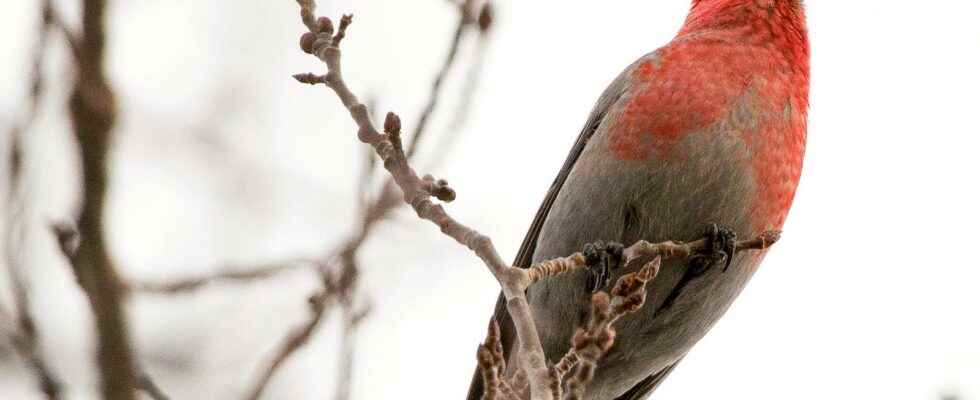Published: Less than 40 min ago
full screen
Next
Our largest finch, the pine nut, is threatened by clear-cutting, according to a new report.
1 of 2 Photo: AP
At least 394 threatened forest species are strongly negatively affected by clear-cutting, according to a report made by the SLU Art Data Bank on behalf of WWF.
The report reviews how many of the country’s 999 threatened forest species are negatively affected by clear-cutting. In total, it is about at least 394 pieces.
– There has been a lot of discussion about whether forestry threatens the species or not. This has been a way to get more data around this, says Peter Roberntz, forest expert at WWF.
Among the threatened forest species, the most are mushrooms (373), followed by beetles (208), lichens (208) and butterflies (75).
Most threatened species that are negatively affected by clear-cutting are found in Jämtland, with 227.
Peter Roberntz at WWF points to three measures to preserve endangered species in our forests.
– We must strengthen consideration in clear-cutting, get more logging-free forestry and get more protected forests. And here the forest policy must contribute.
The report also identifies six species that have not been found after 1950 and where it is judged that forestry is the cause or a contributing cause of the species’ extinction.
Facts
Three species threatened by clear-cutting
Tall bit:
The pine nut is our largest finch. In the past, the pine beetle regularly occurred in several places in the country, but today 90 percent of the population is found in Norrbotten County. The assessment is that the pine wood has decreased during the latter part of the 20th century as a result of nesting habitats being destroyed by modern forestry.
Ragtag fungus:
The ragtag fungus forms mycorrhiza, an interaction between underground fungal threads and the roots of plants, especially with older spruce. Sweden has a significant part of the known world population of ragtag fungus. Often you can find several other threatened mycorrhizal fungi on a small surface together with the ragtag fungus.
Norna:
Norna is a very rare orchid species that occurs in Dalarna and in the northern parts of Sweden. Norna thrives in mossy coniferous forest and does not survive clear-cutting of forests.
Source: The report “Forest species threatened by modern forestry” by the SLU Artdata Bank on behalf of the WWF, the Swedish Environmental Protection Agency.
Read more
